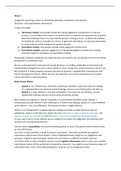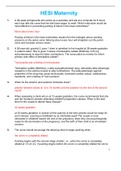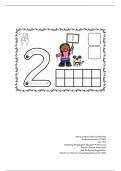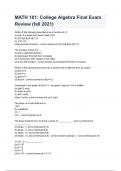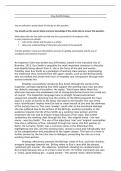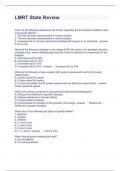Samenvatting
Summary Judgment & Decision Making (Lectures, Articles)
- Instelling
- Universiteit Van Amsterdam (UvA)
This document contains a summary of both the lectures and papers of the course Judgment & Decision Making in Accounting. This course is part of the master Accountancy & Control at the UvA. It's a rather short summary, but it covers all study materials. For example, the practice exam can be made c...
[Meer zien]
